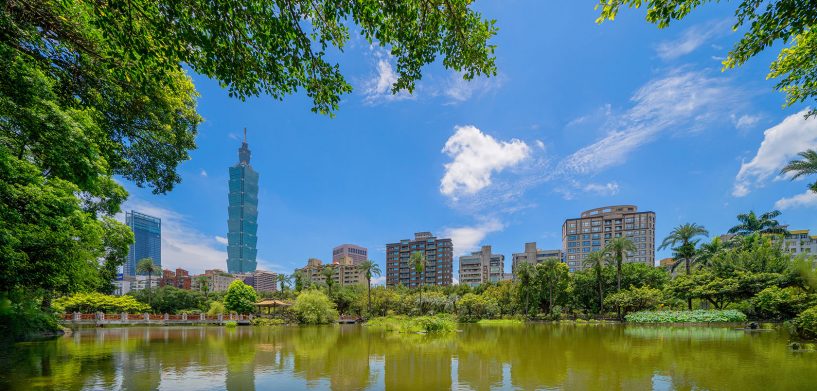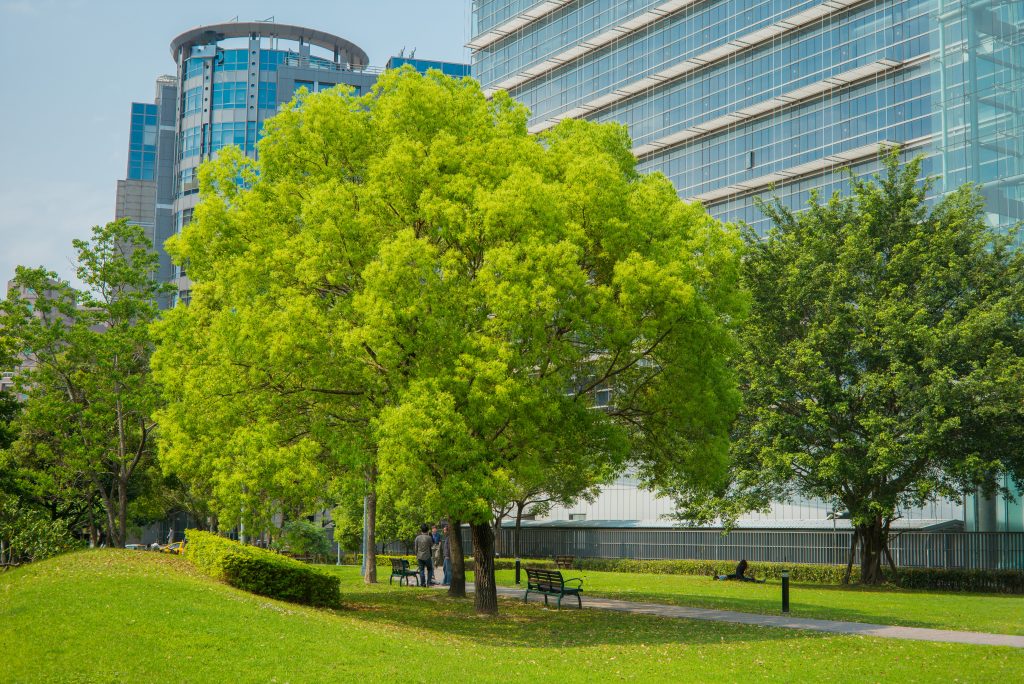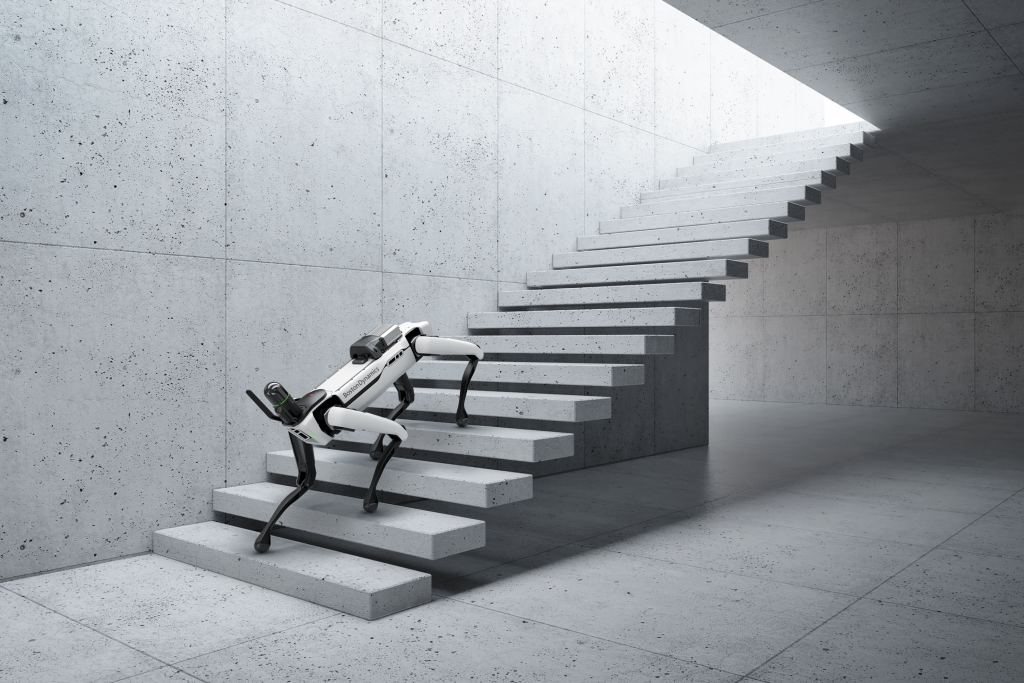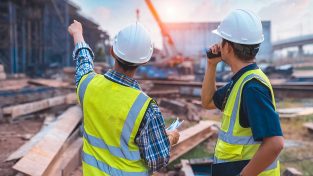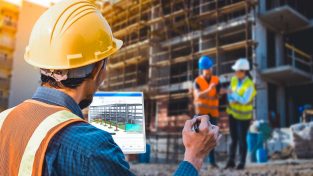The built environment, which includes homes, schools, parks, roads and all construction spaces, is a central part of communities and daily life. However, in 2021 this ecosystem represented 37% of global human-caused carbon dioxide, from construction through operations. What is more shocking is that buildings consume 40% of global raw materials. With countries and organisations worldwide aiming for net-zero emissions, the building industry will play a critical role in meeting sustainability goals. The question is: can we re-think how cities are made?
During a project’s construction phase, much of the carbon dioxide is associated with the production and transportation of the materials used to create the building. But the lifetime operations of buildings and infrastructure — which includes cooling, heating and maintenance — have a much larger impact.
The good news is that reducing even a small percentage of carbon dioxide in the built environment can have a significant effect on sustainability. And there’s a surprising technology that can aid in this pursuit — reality capture.
Stakeholders have a number of reality capture options to choose from. From autonomous flying laser scanners and robots to compact imaging laser scanners that can capture high-definition scans in less than 20 seconds, these solutions collect and leverage data to improve efficiency and reduce waste and energy consumption throughout a building’s lifecycle.
Improving the design and plan phases with reality capture data
Constructing a building that’s in balance with its surroundings is critical for sustainability. Using laser scanners, you can capture an accurate view of existing site conditions, allowing for an ideal coupling of building design to the environment.
Once reality capture data is uploaded into a virtual environment for analysis, you can assess the energy the building will consume during its operations. This in turn allows you to optimise and develop scenarios to determine the best possible design for sustainability.
In the digital model, you can simulate a modification to building materials or the move of a wall by two or three metres, for example. How does this change the sun or wind exposure? What does that mean for lighting inside the building? How does that impact the amount of energy that may be consumed for cooling or heating?
Looking at a physical environment and simulating scenarios before ground has broken not only helps to reduce carbon emissions but also to enhance nature, improving the efficiency of resources inside the building as well as water balance and biodiversity in the surroundings.
Feeding reality capture data into a Smart Digital Reality™ — a real-time digital world that is rich in data and autonomously intelligent — can help developers think about creating a safer and healthier environment for the overall community. Testing where to put roads, tunnels, parks, playgrounds, etc., and assessing how the conditions might change with time in a virtual environment helps create more sustainable and resilient neighbourhoods.
Eliminating waste during the build phase
Excess waste created during construction doesn’t only have implications for sustainability — it also impacts profitability and project timelines. Using reality capture technology on the construction site allows relevant stakeholders to compare scans of the building as constructed to the design, so they can identify issues as they arise and avoid rework, reducing waste. This process can also be automated by using flying laser scanners and robots, so stakeholders always have access to the most accurate and up-to-date information.
Reality capture can also help organisations adhere to the tenets of LEAN construction. By using reality capture to regularly document the site, teams can reduce rework by sharing millimetre-accurate site data with all parties involved in a project. They can also be more proactive in managing problems to avoid going over budget, over schedule or using more materials than necessary.
Streamlining processes during the operate and maintain phase
The operation of a building has a significant impact on sustainability and carbon dioxide emissions. Creating a digital twin — an accurate digital representation of a real-word object or system — during the construction process and making the data available to the building owner can improve the efficiency of building operations.
For example, by amending the digital twin with relevant data, building owners can be more proactive with their maintenance tasks to ensure systems are running efficiently and reduce the risk of equipment breakdowns.
In addition, knowing exactly where systems are in the building can reduce the amount of waste during maintenance. For example, if you can identify where a pipe is through digital maps, you don’t have to remove drywall or other materials to locate where it is in the physical world.
Assessing materials for reuse with reality capture
According to UN-Habitat, roughly 1.6 billion people lack adequate housing and sanitation. As people continue to move into cities and demand higher living standards, they will require the development of more buildings in the long term. How can we meet society’s needs while ensuring the buildings and infrastructure add more value to people and the planet than what they destroy?
As mentioned earlier, considering how the design will support the community and nature around a building is critical. Another way to meet this need sustainably is to repurpose existing buildings. For example, some communities have succeeded in repurposing schools that are no longer needed into housing for senior citizens or professional offices — rather than tearing the existing structure down.
In this case, reality capture technology can be used to digitally document structures and create a digital twin. With this information, you can assess the materials you already have — such as slabs of concrete or steel and wood structures— and then measure the amount available and evaluate how they can be recycled. From there, you can simulate designs for refurbishment, which can include better isolation, retrofitting and re-equipping to make buildings more efficient. All of this helps to reduce energy costs — further decreasing emissions and increasing the building’s sustainability.
Even when a structure has outlived its purpose, the building may still contain materials that have value. Reality capture technology can help you assess which materials you can recycle or repurpose. This is certainly preferable to sending materials to a landfill or taking from the Earth’s limited raw materials.
The tools are readily available, but for this to happen at scale it needs to become economically viable. We need partnerships across the different stakeholders to switch to a business model where mining from existing buildings is cheaper than extracting Earth’s resources. Sensors and software solutions available today can enable this change.
Incorporating sustainability practices into your workflows
Thinking holistically about the built environment is one way to drive sustainability throughout the building lifecycle. Reality capture technology can help stakeholders consider the impact of actions that happen before and after their direct involvement.
Throughout these phases above, we see how reality capture allows stakeholders to understand how the next value chain partner will become more efficient through their actions, thereby improving sustainability throughout the building lifecycle. With the use of reality capture and Smart Digital Realities, existing and new infrastructure will become more sustainable and make communities more resilient.













